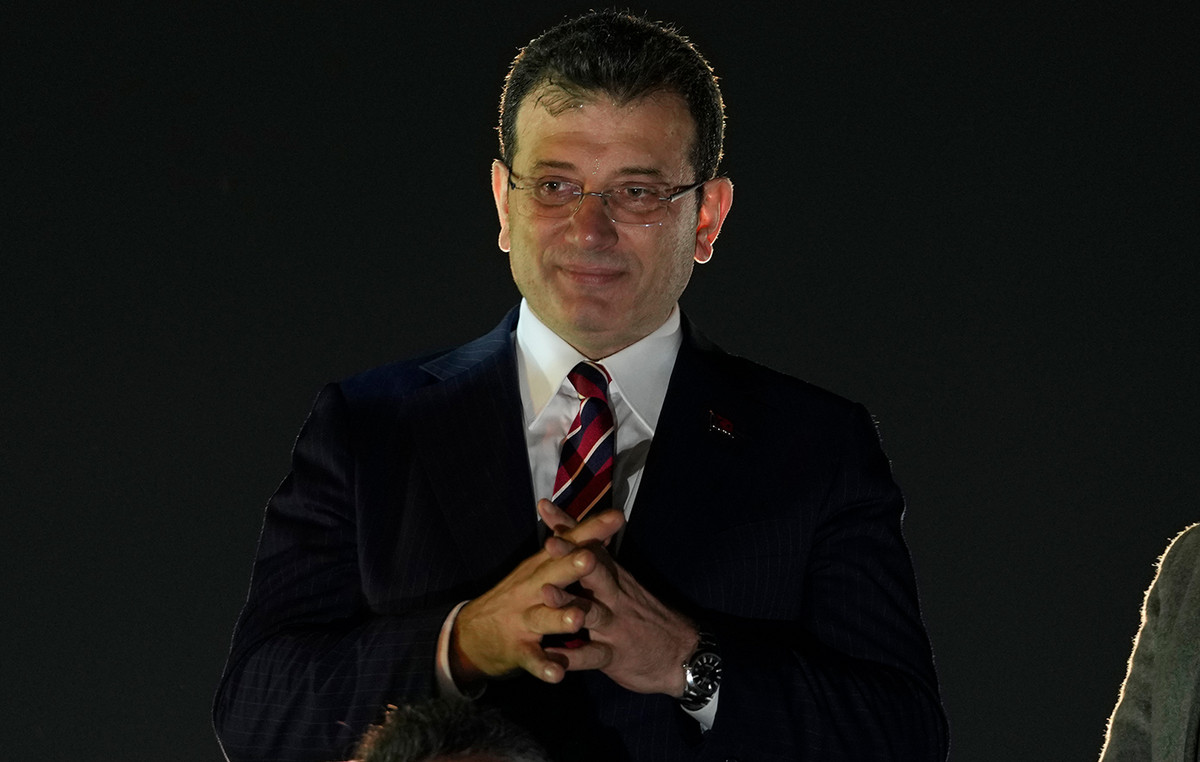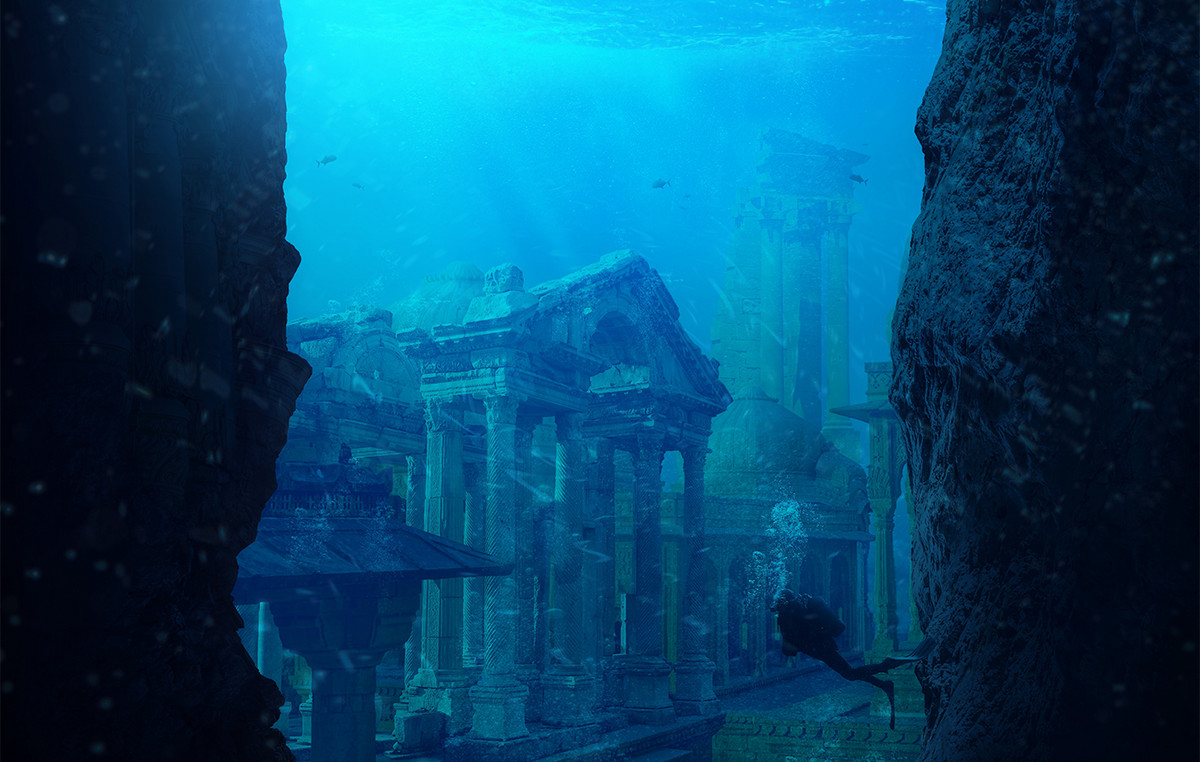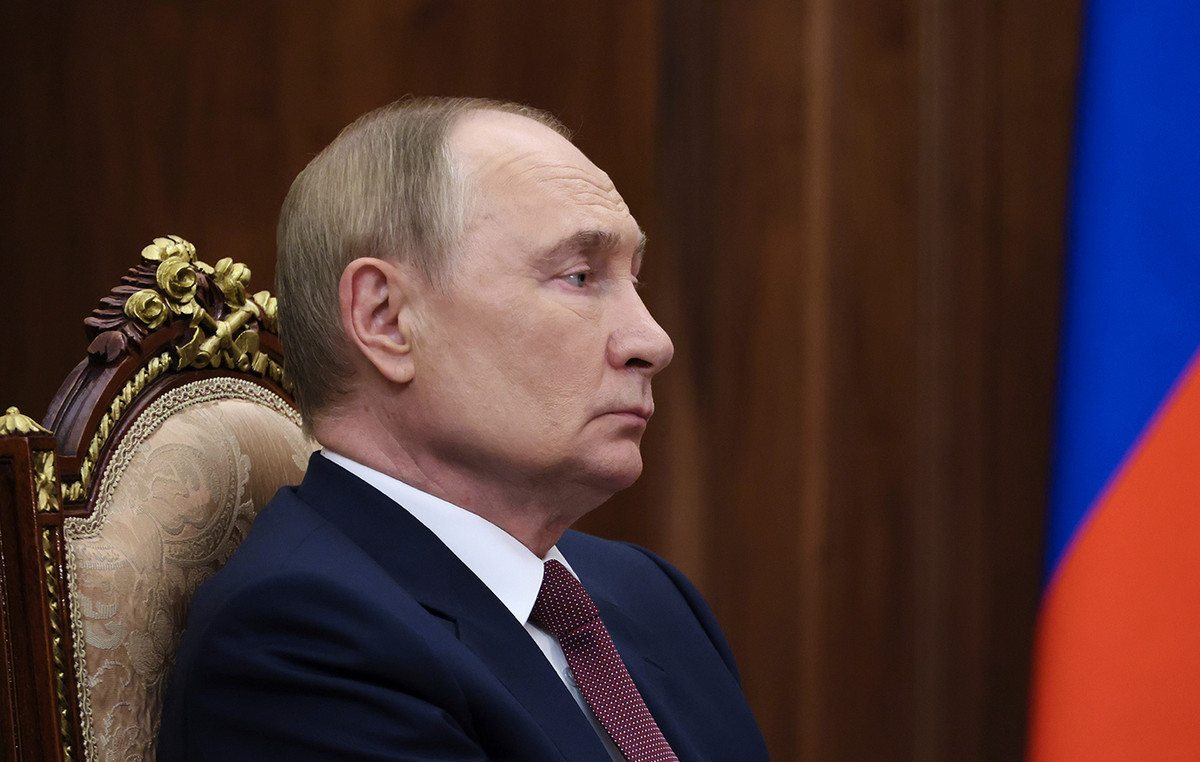Survival guides, storage and withdrawal simulations. Europe is hurrying to prepare its citizens for the growing threat of conflict reaching its borders. Several European nations have offered serious guidance in recent months – imagining garages and subway stations transformed into bunkers and promoting psychological preparation.
A predominant message is the need for a change in the mindset of the population to be ready for war. Like NATO Secretary-General Mark Rutte, said the security experts in Brussels in December: “It’s time to move to a war mentality.”
European leaders fear that Russian President Vladimir Putin, encouraged by gains in Ukraine, can try to advance further on the continent, while the United States, powerful and longstanding ally in Europe, adopts a more hostile stance to maintain European security, raising doubts about how willing to intervene if an NATO country was broken into.
But there are doubts about how effective these contingency plans would really be, and moreover, if civilians will take the guidelines seriously.

“Enter home, close all doors and windows”
The European Commission directed all citizens to stock up enough food and other essential supplies to support them for at least 72 hours in the event of a crisis. In a orientation released in March, the commission emphasized the need for Europe to foster a culture of “preparation” and “resilience.”
Countries have also established their own emergency guidance, including conflicts. In June last year, Germany updated its guideline to global defense, giving directions to what to do in case of conflict in Europe. The document provides for the complete transformation of the daily life of German citizens in the event of war.
Sweden issued a survival guide entitled “If Crisis or War comes.” The leaflet was distributed to millions of homes in November, after being first updated in six years due to the increase in military threat levels. The leaflet instructs the Swedes on how warnings would be issued in the case of war, including an external alert system that, according to him, is operational in most areas.
“Enter a closed place, close all windows and doors and, if possible, turn off the ventilation. Listen to the Sweriges Radio Public Radio, channel P4 for more information,” instructs the leaflet.
The document offers advice on where to look for shelter during an air strike, including basements, garages and underground subway stations. The pamphlet advises people who are outdoors without immediate coverage to lie on the floor, “preferably in a small hole or ditch.”
Specific advice are given to Swedish citizens about nuclear weapons attacks, telling them to “protect themselves as during an air strike. Civil Defense shelters provide the best protection.” And he adds: “Radiation levels will decrease dramatically after a few days.” It also includes tips on withdrawal orders, how to stop bleeding, deal with anxiety and how to talk to children about crisis and war.
For Finland – which shares a 1,340 -kilometer border with Russia, the longest of all NATO member states – the defense of its sovereignty against Moscow has been part of the country’s psyche for a long time.
The Finnish government has been preparing for the possibility of a conflict with Russia for decades. Since the 1950s, the construction of anti -bomb shelters under apartment blocks and commercial buildings is mandatory.

Certainly, the Nordic state, which joined NATO in 2023 after decades of non -alignment, has accelerated its state of readiness since the large -scale invasion of Ukraine by Russia in 2022. Two years ago, driven by the Russian War, the Finnish government surveyed its emergency shelters available, finding that it had a total of 50,500 – which could house 4.8 million people in a country of 5.6 million.
The Helsinki Interior Ministry also issued new crisis guidance in November, advising how to prepare for long energy cuts, water supply and telecommunications interruptions, extreme climate events and military conflicts.
Will the population follow the guidelines?
Although the nations have updated their civil protection guidelines, there is no guarantee of how much attention individuals will pay for this. Claudia Major, senior vice president of transatlantic security at German Marshall Fund, told CNN that the councils of countries should be taken seriously.
Major pointed to the need to be prepared not only for a direct military threat from Russia, but also for what she called the “gray zone” between war and peace – covering lower levels of aggression and hybrid war. However, she added: “The challenge is to increase preparation without falling into alarmism and catastrophism. We want people to be aware, not that they are terrified.”
For some countries, particularly those under Moscow’s sphere of influence, Russia’s threat seems more tangible. For others, it is harder to understand.
Major points to Finland-who lost territory to Russia during the Winter War in 1939-40-and the Baltic Nations, which were attached by the Soviet Union between 1940 and 1991, as nations where the threat of Russia is most incorporated into what she called “DNA” from countries.
“The existential threat, the fear of being invaded, of disappearing from the map, is very real in the Baltic States. They wonder why other countries do not understand that,” she said.
“The Finns, throughout the Cold War period, took the defense seriously,” added Major. “Why are we all going to Finland now and watching their bunker system, their medicines stocks and their reservoir system? They have learned from the story; no one will help us. We have to do it on their own.”
Major cited Portugal, Italy and the United Kingdom as countries where the threat of Russia is less present in the national conscience. Italy, she said, is more concerned with the threat of terrorism and the instability of fragile states near the southern border of the country. “It’s much closer to them,” she said. “It’s another problem for your stability, prosperity and internal politics.”
The Continental United Kingdom, an island nation, was last invaded by a foreign power in 1066, while many Western European countries were invaded during World War II. This means that current generations have fewer experiences they can be based on and their civilians may be less likely to follow any government council.
“The question is how to change a country’s DNA, that’s the crucial issue,” said Major.
Protect and survive
The effectiveness of civil protection plans also remains uncertain. In the past, they were even ridiculed. For decades, during the Cold War era, the British government has provided official information for its citizens to protect themselves against the Soviet nuclear threat. The most prominent British public information source was known as the “Protect and Survive” campaign, produced between 1974 and 1980.
The series offered information about the dangers of nuclear precipitation, instructions to be followed in hours and days after a nuclear attack and a survival plan. A pamphlet published in May 1980 included tips on how to build a makeshift room against radioactive precipitation at home, including a so -called internal refuge for protection against radioactive dust.
The campaign has become critical for offering unrealistic advice and presenting a false sense of optimism in the face of nuclear annihilation. It was for a long time satirized in British popular culture.

British researcher Taras Young, author of the book “Nuclear War in the UK,” CNN As “Protect and Survive” was created as a multimedia campaign in the 1970s, but was never intended to become public until there was a high probability of nuclear war. However, after Prime Minister Margaret Thatcher took power in 1979, the British newspaper The Times demanded that the government publish booklets.
“As a result, it was published at a time when there was no imminent threat of attack, so people looked at it through a different lens,” said Young. For this reason, he believes, there was another “cultural reaction” against this, adding that the publication was even ridiculed in popular British sitcoms.
Young pointed to the British government council of painting the windows in white to help prevent the spread of the heat from a nuclear explosion as one of the most comic suggestions. The civilians were instructed to “coat the windows internally with light-colored diluted ink so that they reflect much of the thermal flash, even if the subsequent explosion will shut them down.”
In comparison, Young considers the modern orientations of Europe – including the UK guidelines on emergency preparation – as more realistic and incorporating important psychological aspects, such as dealing with trauma.
For Major, the need to prepare civilians for external threats – particularly in the “gray zone” area – cannot be sufficiently emphasized. “We tend to look at the military aspect, but we are terribly vulnerable in the gray zone. So we need to think about deterrent, defense and resilience. And this implies particularly a greater preparation of society.”
She adds: “If society is not willing and prepared to support a war like Ukrainian society is currently doing, we will not prevail.”
This content was originally published in Europe prepares for war with guides and survival simulations on the CNN Brazil website.
Source: CNN Brasil
Bruce Belcher is a seasoned author with over 5 years of experience in world news. He writes for online news websites and provides in-depth analysis on the world stock market. Bruce is known for his insightful perspectives and commitment to keeping the public informed.







